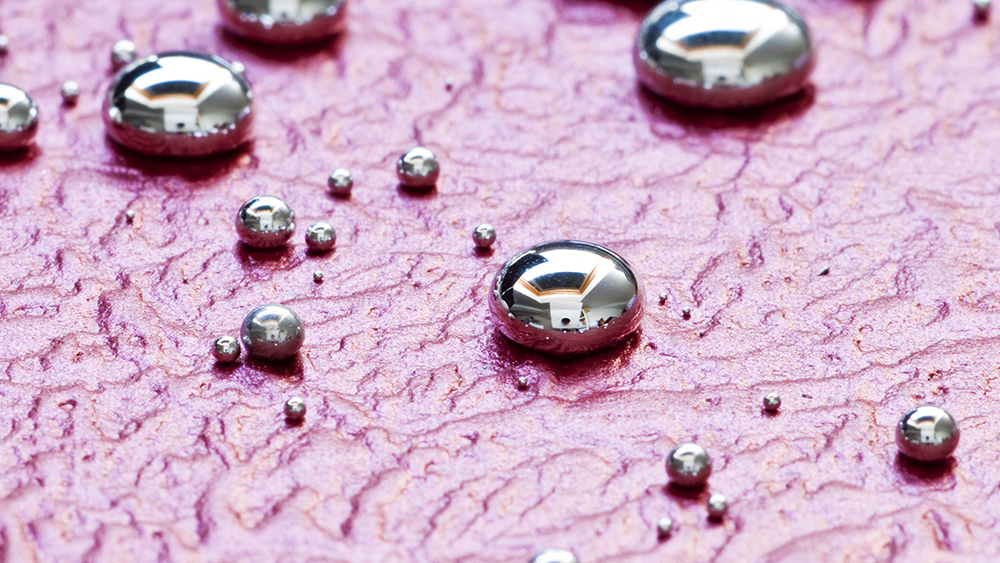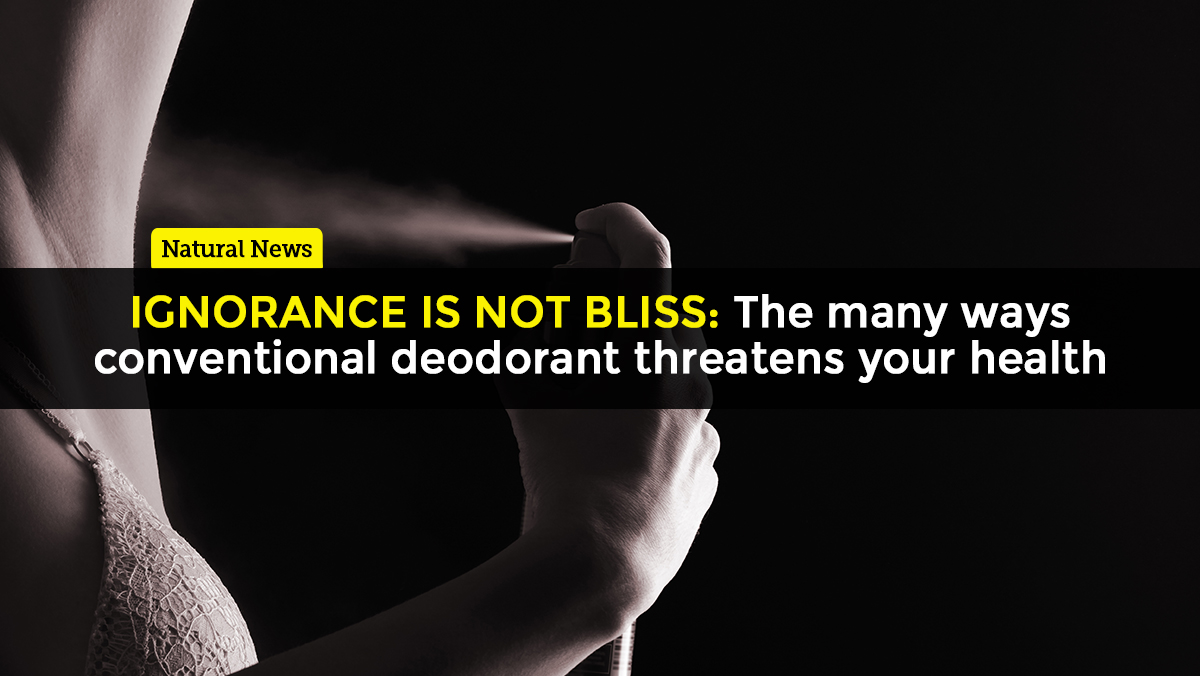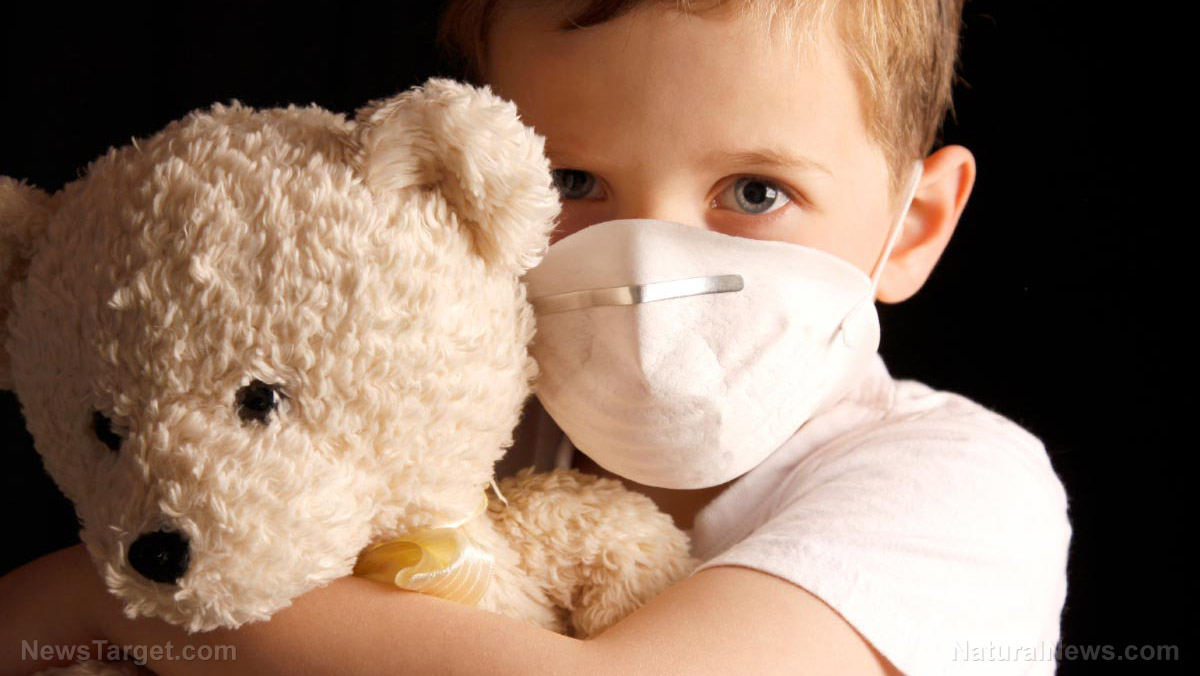Prevent carbon monoxide poisoning this winter: Expert provides tips in wake of multiple illnesses (and a death) in New Jersey
01/11/2018 / By Ralph Flores

Experts have released guidelines on how to protect yourself from carbon monoxide poisoning following the tragic death of a 13-year old girl in Perth Amboy, New Jersey.
Major winter storms heighten the risk of poisoning — with people turning up the heat to cope with the weather. However, the same heating devices also produce fumes that contain carbon monoxide. If the room or area is not properly ventilated, this odorless, tasteless, and colorless gas builds up, which can ultimately lead to serious consequences.
In an article that appeared in Newswise, Dr. Diane Calello, executive of the New Jersey Poison Control Center, explained that “severe weather often results in illness and deaths from hypothermia and carbon monoxide (CO) poisoning, as well as exposures to a variety of substances.”
If there’s a silver lining to this, it’s that people can do something to prevent exposure to the gas. “Rest assured that the state’s poison control center will be here to respond to your calls for help, 24/7,” Dr. Calello reassured.
How to minimize the risk of CO exposure or poisoning
- Always run generators outside, and keep a safe distance when using them. Experts recommend maintaining a distance of more than 20 feet (6.1 meters) from you and your neighbor’s home, including open doors and windows. This will ensure that CO gas cannot be blown back into the building.
- Keep all heating and dryer vents free from snow.
- Ensure gas appliances are well-ventilated. You can open up a window to allow airflow.
- Open flues when you’re using the fireplace.
- Do not use the stove to heat your home. Aside from carbon monoxide poisoning, an open flame in the house can be a fire hazard.
- Never bring nor run generators, pressure washers, grills, camp stoves, or other gasoline, propane, natural gas or charcoal-burning devices inside your house. This includes the basement, garage, and carport, as well as campers, boat cabins, or tents. Don’t even bring them near an open window or door.
- Do not use a charcoal grill, hibachi, or camping stove inside the house, or tents and campers.
- Do not idle a car in a closed garage. This also applies to confined spaces where there is a possibility of carbon monoxide buildup. Once you pull in, turn off your engines immediately. Also, don’t run your engine if you’re less than 20 feet from an open window, door, or an exhaust leading to an enclosed area.
- If your car is in a snowbank or stuck in the snow, don’t put it on idle. Clear out the snow first, then check if your tailpipe and its surrounding area are clear. This prevents exhaust fumes from being blown back to the car.
- Install carbon monoxide detectors in your house, if you don’t have them yet. If you already have them, check if they still work properly or need immediate replacement.
The most common symptoms of CO poisoning include headaches, dizziness, weakness, nausea, vomiting, chest pain, and confusion. However, people who are asleep or are inebriated are at greater risk — they can die from CO poisoning without ever having symptoms.
If you think you’re suffering from CO poisoning, taking immediate action can be the key to your (and your family’s) survival.
- If a person is unconscious or does not respond, get him out of the house immediately and call 911.
- Get out of the house or building immediately. This reduces the risk of inhaling more fumes.
- Contact the authorities and seek immediate treatment.
The Centers for Disease Control and Prevention (CDC) has noted at least 5,000 deaths in the past decade, with an average of 430 deaths per year. In the latest string of carbon monoxide-related deaths, a teenager died on January 4, 2018, after an apparent case of poisoning in New Jersey. Aside from the teenager, 35 other victims in the multi-family home were rushed to the hospital following the incident. Authorities are still investigating the cause of the poisoning. (Related: Chemical leak at New Hampshire hospital nearly causes 20 patients and staff to lose consciousness … this is a place of HEALING?)
Sources include:
Tagged Under: carbon monoxide, carbon monoxide poisoning, CO poisoning, dangers, home safety, New Jersey, preparedness, Safety Tips, survival, toxins




















